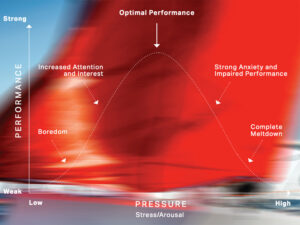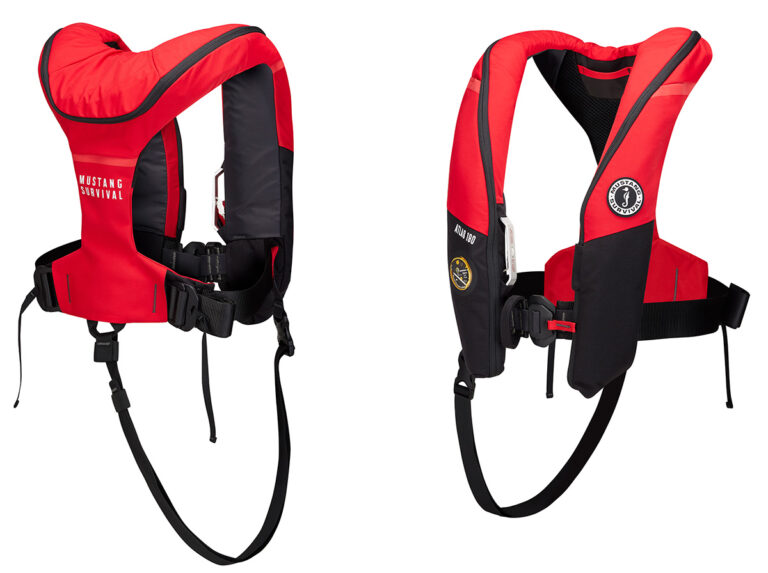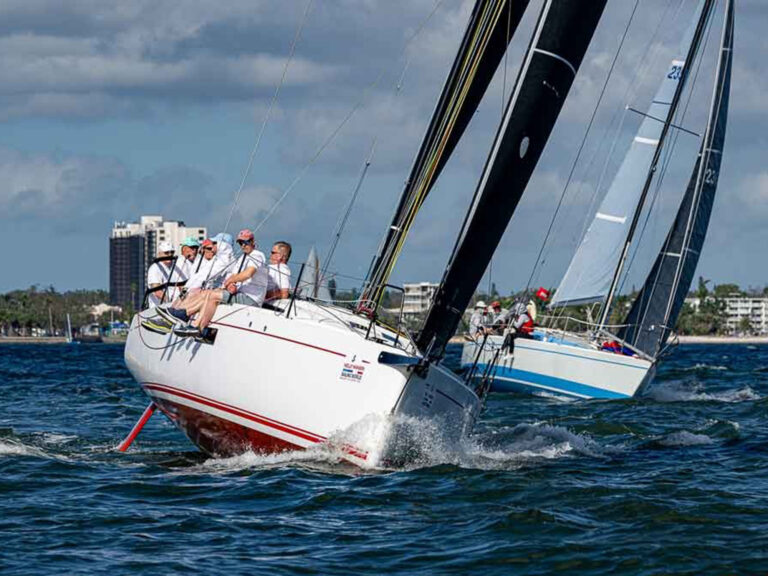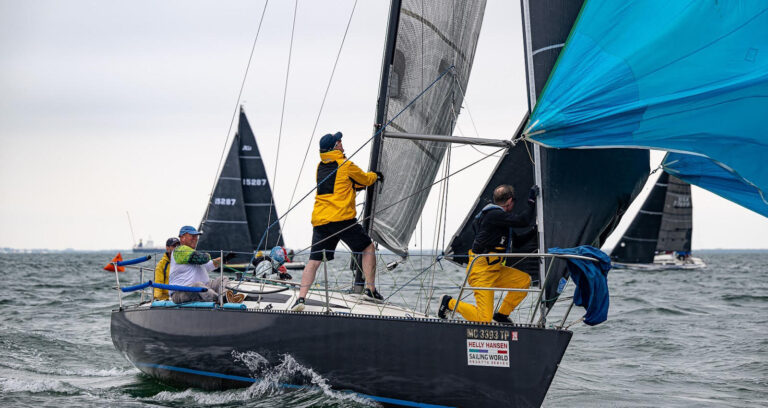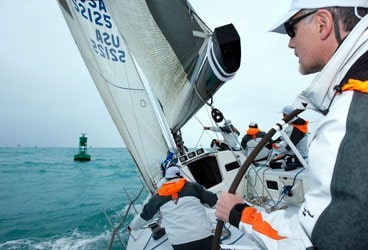
sambuca 368
The “Sambuca” arrived on the racing scene shortly after A-sails and bowsprits trickled down from grand prix racing to the club sailor. In Spain and Italy, it’s known as the Sandokan. Kiwi and Australian crews tend to call it an Indian. In the U.S., it’s the Sambuca.Simply put, the Sambuca begins like a standard bear-away, but continues into a jibe during the hoist, enabling you to get onto the opposite jibe as you round the windward mark. Let’s assume that the marks are being left to port, and you are racing with an asymmetric spinnaker tacked to the bow, or flying from a sprit.The “Sambuca” arrived on the racing scene shortly after A-sails and bowsprits trickled down from grand prix racing to the club sailor. In Spain and Italy, it’s known as the Sandokan. Kiwi and Australian crews tend to call it an Indian. In the U.S., it’s the Sambuca.
Simply put, the Sambuca begins like a standard bear-away, but continues into a jibe during the hoist, enabling you to get onto the opposite jibe as you round the windward mark. Let’s assume that the marks are being left to port, and you are racing with an asymmetric spinnaker tacked to the bow, or flying from a sprit. The kite is hoisted under the jib to leeward as normal. During the hoist, however, it’s pulled around to the other side of the bow by the starboard sheet. As the boat jibes to port, the kite fills on the new leeward side and off you go.
Because the maneuver requires very little advance preparation, a good team can change from a bear-away set to a Sambuca just moments before the hoist.
The most common reason for a Sambuca is a last-minute change in the game plan when approaching the weather mark. If there’s a reason to immediately get onto the opposite jibe, and no time to re-rig for a jibe-set, the Sambuca is your move. It can be called for as late as a few boatlengths away from the mark. Because the spinnaker lines don’t need to be re-rigged, the crew can stay on the rail and focus on sailing fast upwind until its time for the hoist.
If there is a nearby competitor interested in your next move, the Sambuca is particularly potent because it’s pretty hard to detect. You bear away like you normally would, the kite starts up like it normally would, and then suddenly jibing! Good luck covering that. There’s just no time for the other team to react.
The Sambuca also sets you up for the starboard advantage on the first cross during the run, and can give you the inside track on buoy room at the leeward mark.
Still not convinced? How about this nugget: In light air, a well-executed Sambuca can often be as fast, or faster, than a bear-away set. With a standard bear-away set in 4 to 7 knots, the apparent wind moves well aft and bleeds away as the boat slows during the bear-away and hoist. Once the spinnaker is hoisted, a turn up is usually required to build apparent wind and boatspeed. On a Sambuca, you are jibing right as your apparent wind crashes.
Turning the bow up to the appropriate VMG angle on the new jibe will forcefully build the apparent wind as the boat heels. This will swing the kite away from the boat, and instantly load the spinnaker. I am often startled at how quickly a boat can reach target speed and angle after a light-air Sambuca. Of course, this is weighed with the penalty of a sharp turn in light air so keep the turn smooth.
While best suited for sprit boats, the Sambuca will work with boats flying either asymmetric or symmetric spinnakers off a pole. In either case, the first step after the Sambuca is called is to trip away the pole and get it back on deck. An A-sail will be hoisted with the foreguy/downhaul pulled snug. Use the starboard sheet to pull the sail around the headstay. Transfer the spinnaker to the pole after the jibe. Do your best not to trap the pole under the jib as it comes down.
With a symmetric spinnaker, two things are critical for a successful Sambuca. Prior to jibing, the pole must be tripped away from the starboard sheet and afterguy. And after jibing, because the tack (the port corner) will want to rise up to the same height with the rest of the kite as it goes up, someone must go forward and act as a human pole to keep the tack as low as possible. This will help the kite to fill quickly.
Before you go lighting up the fleet with a Sambuca at every windward mark, here are a few things to consider.
A successful Sambuca will have you plunging back into the top of the last beat-on port jibe with a kite up-where you’re likely to encounter a maze of upwind boats who will be as surprised to see you as you are to see them. While this can be good for the spectators, it may raise your pucker factor when you look up from your mainsheet block after the jibe.
If the upwind fleet is set up in a more predictable fashion (on the starboard tack layline), then you will potentially be sailing directly through a lot of bad air and disturbed water. If the wind is light, this could be a death zone of no wind until the boats behind you clear out.
Even if the traffic is light on the last quarter of the beat, you’ll still be sailing through your own bad air and disturbed water after the jibe. This is more of a problem on the larger boats that cast enormous wind shadows. On the 95-foot Wally, we don’t attempt the Sambuca in under 7 knots of wind for that reason.
Just as with a jibe set, you need solid teamwork and communication to pull off a good Sambuca. You also need a compelling reason to do it: more pressure on one side, a shorter course to the leeward mark, a chance to split from the nearest competition. But if the situation is right, the Sambuca is a stealth weapon that can win you races.




